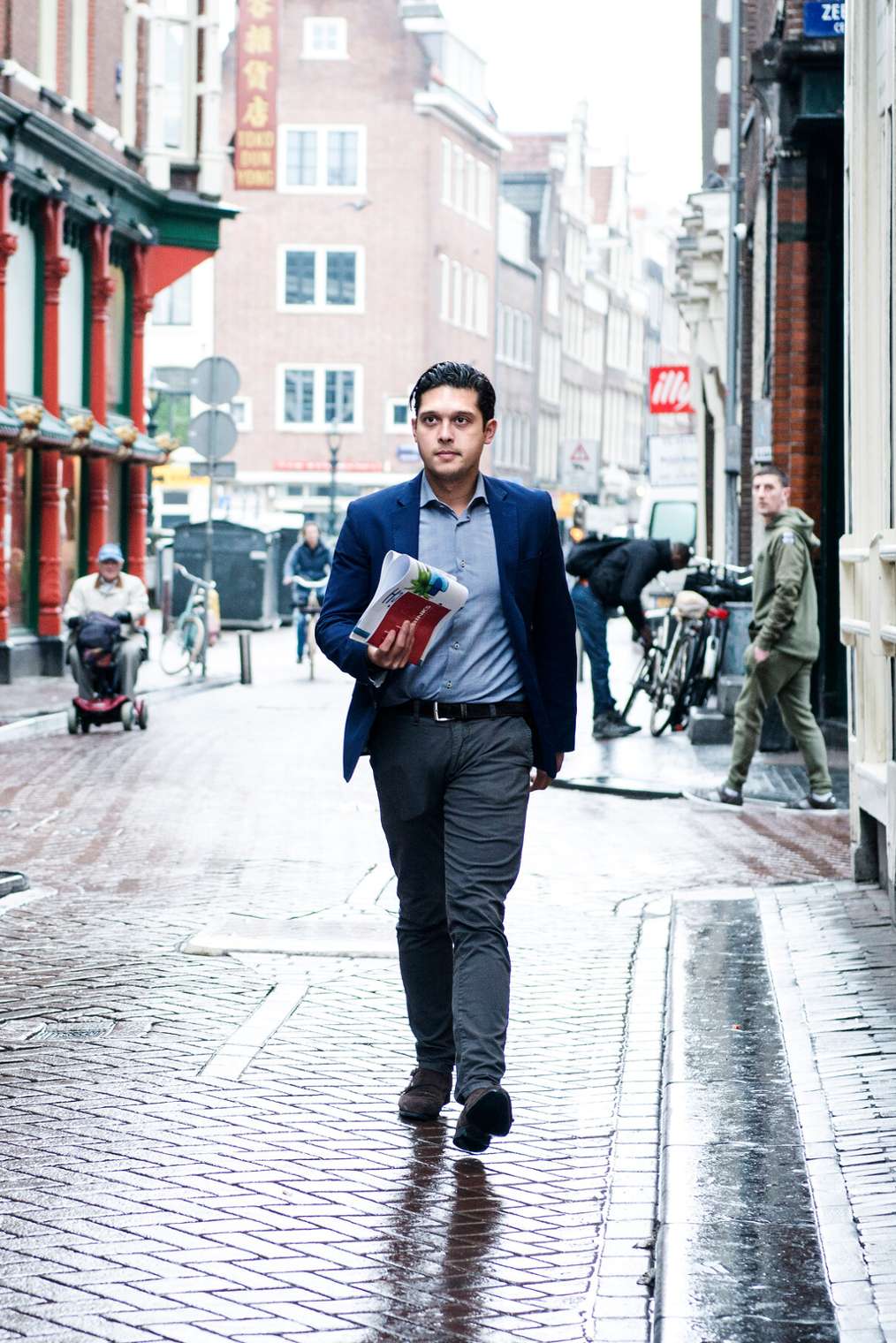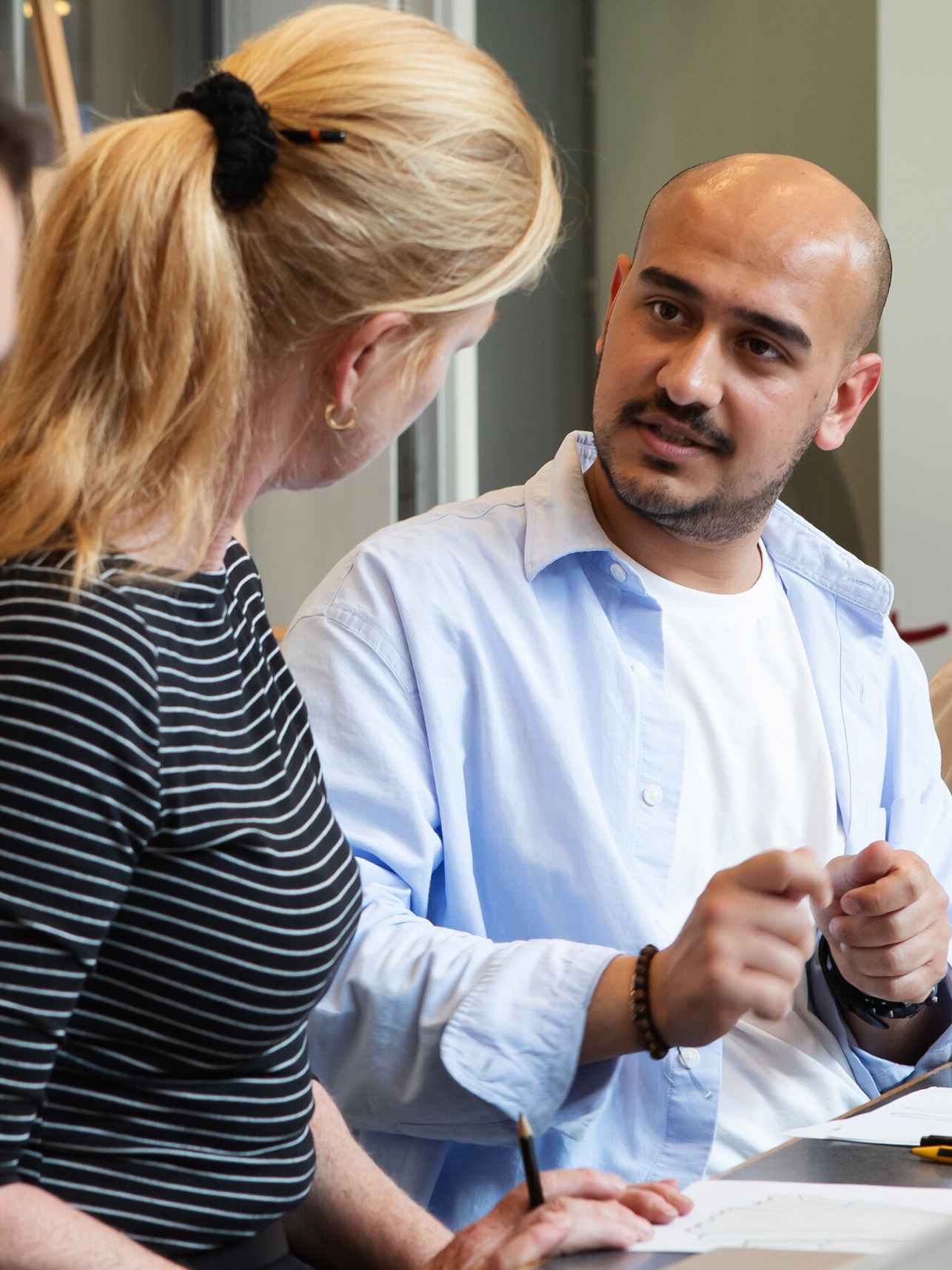Educating with and for the city
Our mission is to empower students to reach their full potential. With high-quality education and research, equal opportunities for everyone and attuned to Amsterdam and all its social challenges.
Quality of education and research

With 4,800 professionals, we work every day to innovate our education and research so that our 44,000 students can reach their full potential and are prepared for their future.
Equal opportunities

People are at the heart of everything we do. Everyone is welcome here. Our personalised and inclusive approach fosters connections among individuals with diverse backgrounds, experiences, cultures and interests. It nurtures resilient and curious professionals – global citizens who not only conceive innovative ideas but also implement them, ready to make an immediate impact. And because learning is a lifelong journey, we ensure continuous development to navigate the ever-evolving job market.
Livable city: sustainable, healthy and just

We are a university of applied sciences of doers and focus on topical urban and societal challenges. With all our students, alumni and staff members, we contribute wholeheartedly to a liveable city for everyone: sustainable, healthy and just. We do this together with residents and partners in and around the Amsterdam metropolitan area, businesses, startups, governments and civil society organisations.
